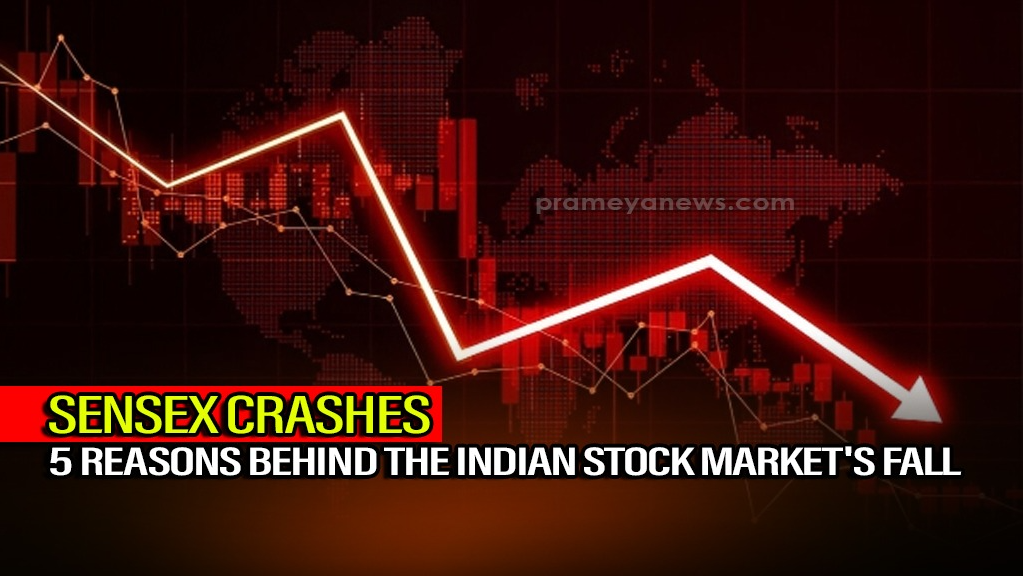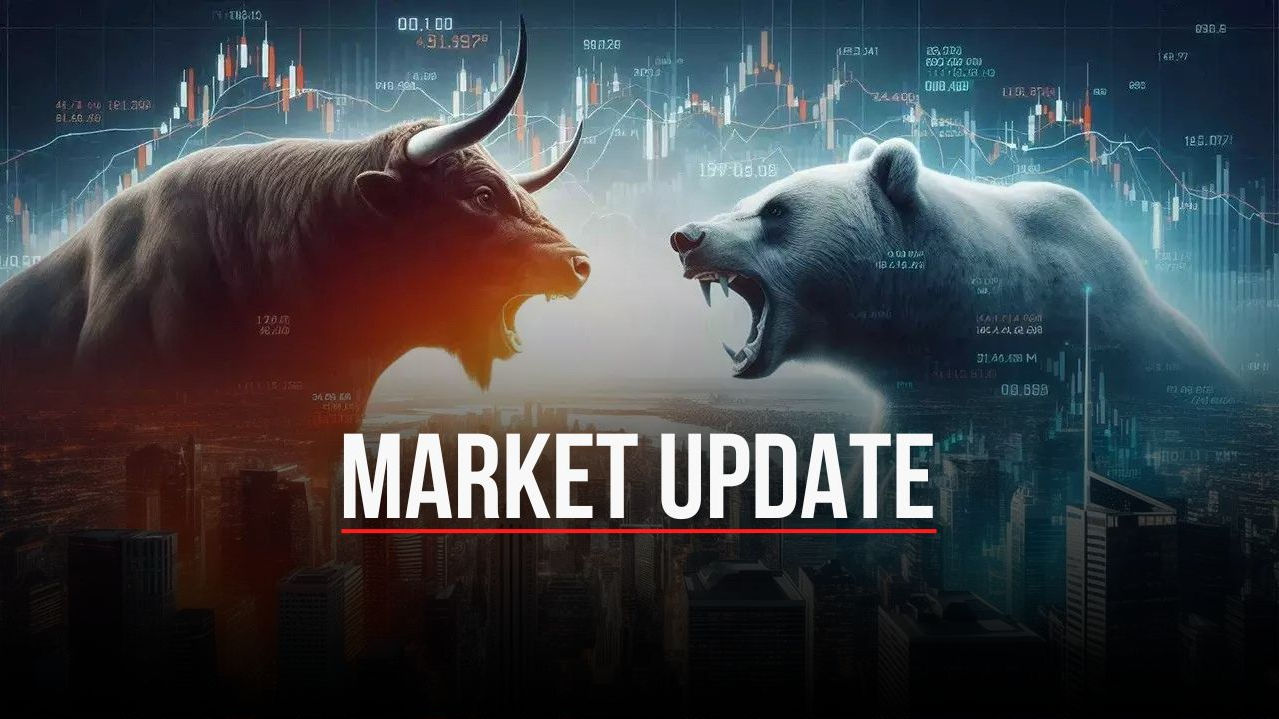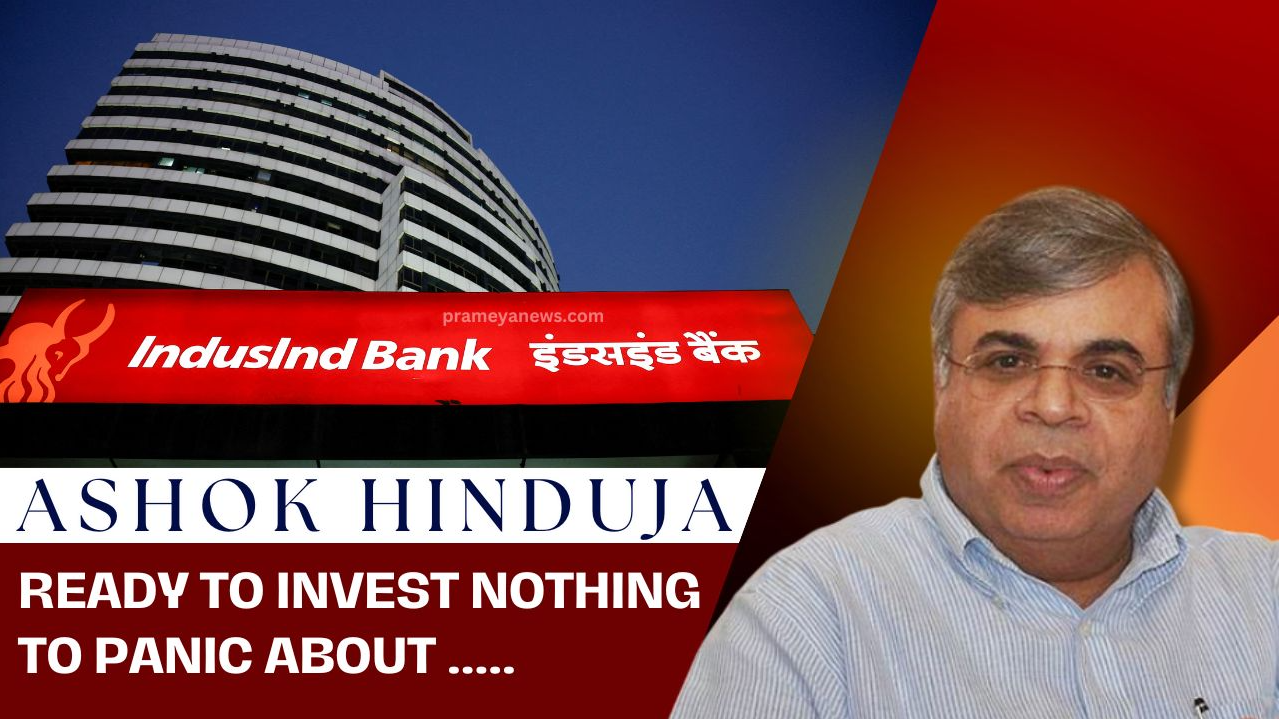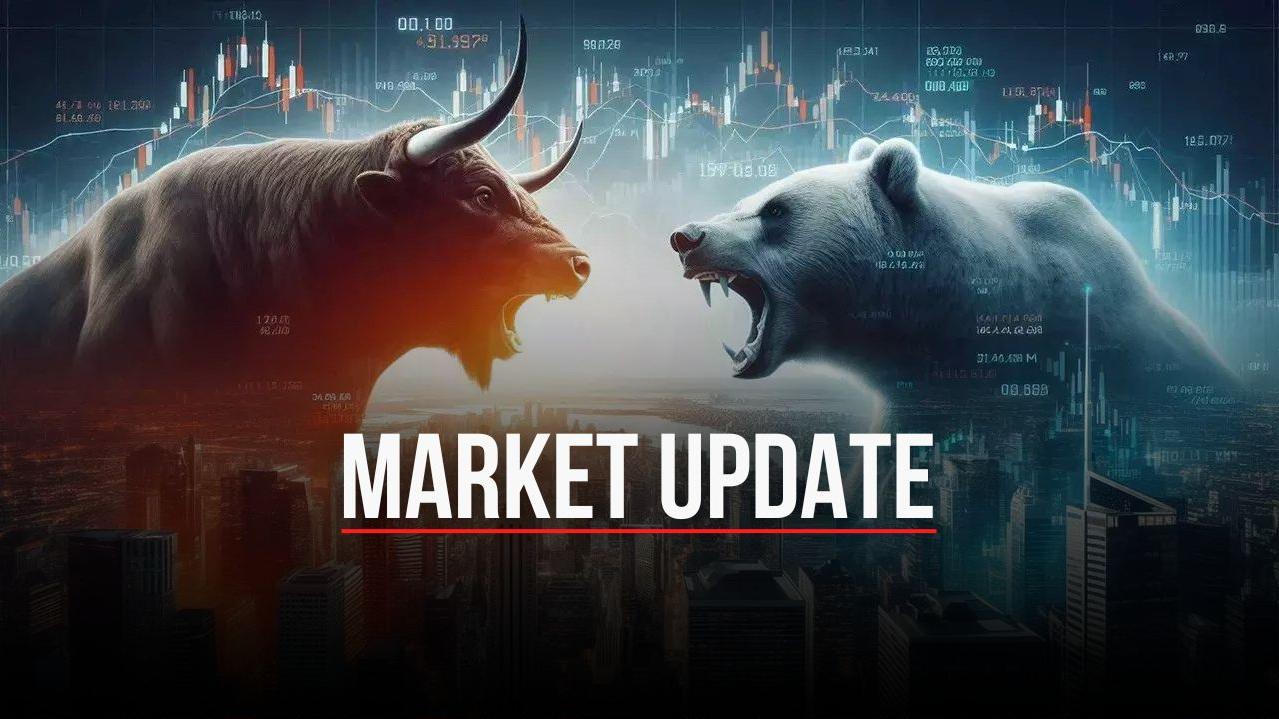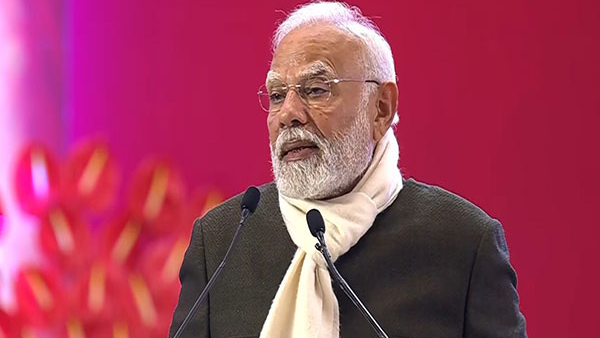Mumbai: The Indian stock market extended its losing streak for the fourth consecutive session on Monday, February 10, 2025, as mounting concerns over valuation, foreign outflows, and global trade tensions triggered a widespread selloff. The benchmark indices witnessed significant declines, with the BSE Sensex plummeting over 600 points and the Nifty 50 approaching the 23,350 mark.
Join the Whatsapp Channel to Get News updates in english
Market Performance Overview
The day began on a challenging note as the BSE Sensex opened at 77,789, considerably lower than its previous close of 77,860. As trading progressed, the index witnessed a sharp decline of 671 points, touching 77,189.04. Similarly, the NSE's flagship index Nifty 50 commenced trading at 23,544 and subsequently fell by more than 200 points, or 0.90 percent, reaching 23,357.60.
The market downturn was particularly severe in the mid and small-cap segments, with the BSE Midcap and Smallcap indices experiencing steep declines of up to 2 percent. This broad-based selloff resulted in a substantial erosion of investor wealth, with the overall market capitalization of BSE-listed companies dropping from approximately ₹424 lakh crore to ₹419 lakh crore, representing a massive loss of ₹5 lakh crore in a single trading session.
Five Key Factors Driving the Market Decline
Trump's Tariff Announcement: Market sentiment received a significant blow following US President Donald Trump's announcement regarding new tariff policies. Reports indicate that Trump plans to implement a 25 percent tariff on all steel and aluminum imports into the United States, adding to existing metals duties. Furthermore, he has indicated plans to announce reciprocal tariffs on numerous countries in the coming days, raising concerns about global trade tensions.
Elevated Valuations Despite Recent Correction: Despite the Sensex correcting over 9 percent from its all-time high of 85,978.25 (recorded on September 27, 2024), market valuations continue to remain elevated. V K Vijayakumar, Chief Investment Strategist at Geojit Financial Services, emphasizes that valuations in India remain high, particularly in the broader market. Notable valuation expert Aswath Damodaran has characterized the Indian stock market as the world's most expensive equity market, suggesting that current valuations lack fundamental justification.
Disappointing Corporate Earnings: The persistent weakness in corporate earnings continues to weigh heavily on market sentiment. Although third-quarter earnings showed marginal improvement compared to the previous two quarters, they have failed to inspire confidence among investors or provide the necessary momentum for market recovery.
Sustained Foreign Investment Outflow: The Indian equity market has been experiencing substantial foreign institutional investor (FII) outflows since October 2024. February alone has witnessed FII withdrawals exceeding ₹10,000 crore, with the cumulative outflow since October reaching approximately ₹2.75 lakh crore. According to Prashanth Tapse, Senior VP of Research at Mehta Equities, this persistent selling by FIIs represents perhaps the most significant factor behind the recent market downturn.
Rupee's Record Low: The Indian rupee's performance has added to market concerns, as it reached a new all-time low on Monday, depreciating by 49 paise to open at 87.92 against the US dollar, compared to the previous close of 87.43. The domestic currency has declined nearly 3 percent this year, signaling potential economic weakness and contributing to accelerated foreign capital outflows.






